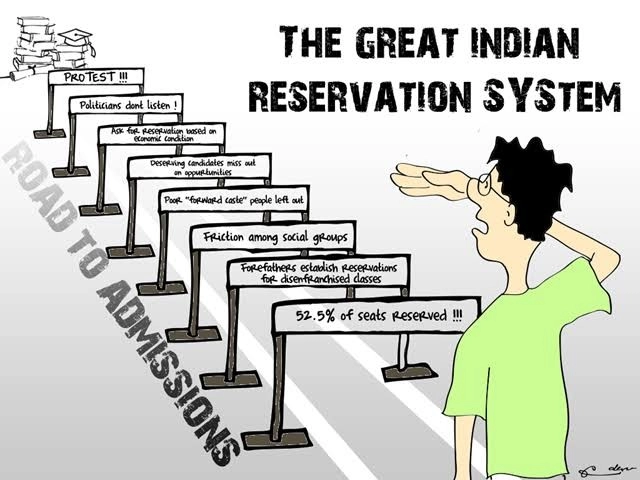Table of Contents

1. Supreme Court’s Landmark Observations on Reservation
In a significant move, a Supreme Court bench of Justices B R Gavai and Augustine George Masih recently underscored the need to exclude beneficiaries who no longer require affirmative action. Citing the 75-year history of reservations, the bench emphasized:
“Persons who have already availed benefits and are in a position to compete with others should be excluded from reservation. But it is a call to be taken by the executive and the legislature.”
This observation aligns with the August 2024 ruling by a seven-judge Constitution bench, which permitted sub-classification of SC/ST quotas and endorsed applying the “creamy layer” principle to prevent affluent members within these groups from monopolizing benefits.
2. 75 Years of Reservation policy: Time for a Transparent Review?
The Constituent Assembly introduced reservations as a 10-year temporary measure to uplift marginalized communities. However, successive extensions over 75 years have made it a permanent fixture without rigorous evaluation. Critical questions remain unanswered:
- Where has the money gone? No detailed report exists on government expenditure or economic outcomes of reservations.
- Which communities have truly benefited? Data on upward mobility among SCs, STs, and OBCs is fragmented.
- Who still needs support? Some groups may no longer require quotas, while others remain underserved.
The SC’s push for exclusion of the “creamy layer” demands an evidence-based review to ensure reservations serve their original purpose: empowerment, not entitlement.
3. Key Questions Parliament Must Address
The government must initiate a transparent parliamentary debate and form a Joint Parliamentary Committee (JPC) to evaluate:
- Creamy Layer Expansion: Should income/wealth criteria exclude affluent beneficiaries across all reserved categories (SC/ST/OBC)?
- Generational Limits: Should reservations apply only to first-generation beneficiaries?
- Scope of Quotas: Are reservations needed only for entry-level jobs or also promotions and lateral roles?
- Cutoff Relaxation: Should reserved category candidates secure seats only from quota pools, not the general category?
- Inclusion/Exclusion: Which communities need to be added or removed based on socio-economic progress?
Without addressing these questions, the policy risks becoming a political tool rather than a social justice mechanism.
4. The Political Elephant in the Room: Vote Bank Dynamics
Discussing reservation reforms is often labeled “blasphemy” in India. Politicians across parties exploit quotas as vote-bank instruments, fearing backlash from dominant caste groups. Social media amplifies this polarization, with activists and influencers targeting rational voices advocating reform.
The result? A culture of silence where asking for accountability is equated with opposing social justice.
5. Reservations and India’s Growth Paradox
India’s demographic dividend is at odds with its stagnant 6.5% GDP growth. While reservations aim to bridge inequality, rigid policies may inadvertently stifle merit:
- Brain Drain: Talented Indians leave due to limited opportunities, contributing to Western economies.
- Exam Cutoffs: Sky-high cutoffs for general candidates (e.g., 99%ile in UPSC) versus lower thresholds for reserved categories create perceptions of unfairness.
- Generalization Fallacy: Assuming “general category” students are inherently privileged ignores struggles of economically weak families in these groups.
6. The Way Forward: JPC, Data, and Consensus
To realize Viksit Bharat 2047, India must:
- Form a JPC: Task it with auditing reservation outcomes and drafting a roadmap.
- Publish Data: Release caste census findings, expenditure reports, and community-specific progress metrics.
- Balance Equity & Merit: Introduce income-based exclusions, limit quotas to first-generation beneficiaries, and prioritize education/health over job reservations.